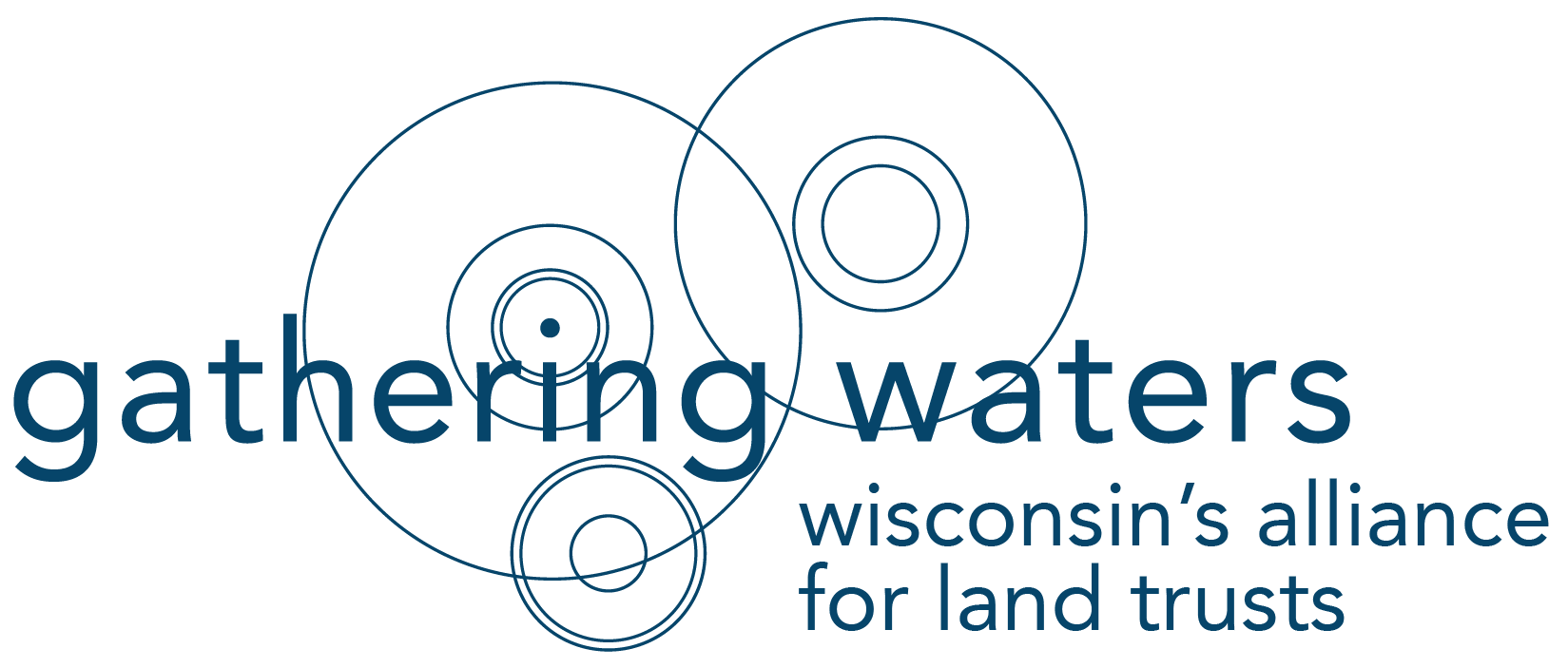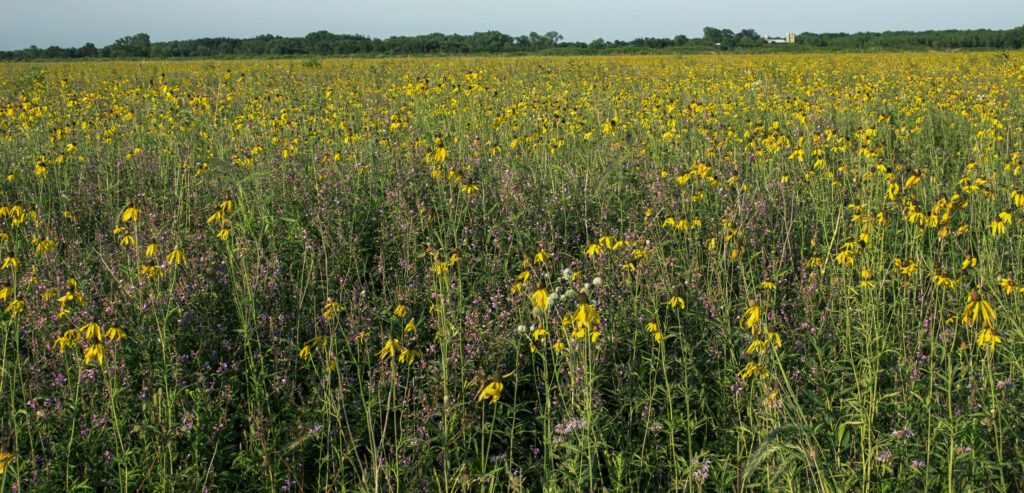This post is part of an ongoing series highlighting the impacts of the Knowles-Nelson Stewardship Program. The Stewardship Program provides funds for cities, counties, non-profit groups, and the state to purchase land for conservation. It also funds essential upkeep and maintenance of our waterways, parks, forests, and trail systems. The governor and state legislature must act to renew and strengthen the Knowles-Nelson Stewardship Program in their 2019 budget or it will expire. Join Team Knowles-Nelson today to stay up to date on our advocacy efforts and to be part of the movement to ensure continued funding for land and water conservation in Wisconsin.
In the 1930s and 1940s, Aldo Leopold and his students worked to reconnect people with the land at Faville Grove in Jefferson County. Building on this legacy, Madison Audubon established the Faville Grove Sanctuary to protect the area and extend habitat for remnant populations of rare and endangered species. The sanctuary includes tamarack bog, sedge meadow, oak savanna and woods, as well as some of the state’s finest wet prairie restorations. Nearly $500,000 in grants from the Stewardship Program have helped make possible the protection of this diverse and historic landscape.
Many thanks to Roger Packard and David Musolf for writing this post.
“The objective is to teach the student to see the land, to understand what he sees, and enjoy what he understands.”
~ Aldo Leopold, The River of the Mother of God
We might as well admit up front that we are addicted to ecological restoration. Fanatics. Bitten by the ‘prairie bug’ in a big way. With us, Leopold met his objective and then some.
Meeting the first part of Leopold’s objective—learning to see the land—was the hardest. Even though we have both been nature nuts all our lives, it took time and effort to see the big picture, to see beyond the rectangular grid imposed on the land by European settlers, to look under the pastoral façade and through the tangled mess of non-native vegetation where the farm fields ended. But once our eyes adjusted, myriad clues that had been hidden in plain view came into focus. Reading these clues backwards in time, we began to understand how changing land use practices since the time of European settlement have altered native biological communities, and how, following the retreat of the glaciers, these diverse communities arose under the influence of fire, water and wind, as well as the influence of the new plant and animal inhabitants, including humans.

As for enjoyment—well, we couldn’t help that. To begin to understand how the area’s diverse biological communities developed is a real thrill. To begin using this understanding to restore the landscape that the Native Americans knew is more thrilling still. So, with our first six acres of prairie restoration in 1994, the positive feedback loop was in place. The developing restorations helped us to see the land and its inhabitants more clearly, our understanding of the land deepened, our enjoyment of the land increased, we took on more restorations…and before we knew it, we were hooked.
In 1997, we joined forces with Madison Audubon to establish the Faville Grove Sanctuary. Together with Madison Audubon, we have protected our land through conservation easements. With the help of the Knowles-Nelson Stewardship Program, as well as various other governmental programs and private contributions, we have permanently protected a total of 510 acres. Together with other landowners, including the University of Wisconsin–Madison and The Nature Conservancy, we are managing over 800 acres within the Faville Grove Sanctuary boundary.
With a corps of dedicated volunteers, we have planted well over 200 acres of prairie by hand with hand-collected, local-genotype seed from over 130 species. With crews of summer interns, we have eliminated a gazillion weeds. We have filled miles of drainage ditches (not by hand!), cleared acres of savanna of encroaching brush, and generally worked every spare minute to return the sanctuary lands to their pre-European-settlement grandeur. 
Together with a small army of sanctuary supporters, we even accomplished something generally deemed impossible. We succeeded in rerouting a proposed electric transmission line that would have run through the sanctuary. In rejecting the ‘sanctuary route’ for the line, the Public Service Commission of Wisconsin considered not only the ecological and aesthetic effects on the sanctuary, but the chilling effect the line would have had on future cooperative efforts to protect and restore private land in the state. The Public Service Commission decision underscores the importance of such efforts, and should reassure other landowners that the state will honor the sacrifices we make to protect the land.
In the 1930s and ‘40s, Aldo Leopold and his students worked with landowners in Faville Grove to develop methods to enhance wildlife on private lands. Leopold recognized then that conservation is “eventually too large, too complex, or too widely dispersed to be performed by government.” We suspect he also knew that by teaching students to see, to understand, and to enjoy the land, he would get them hooked on bringing the land back to life.
Want to see more of Faville Grove? Check out this great video that Madison Audubon put together.


